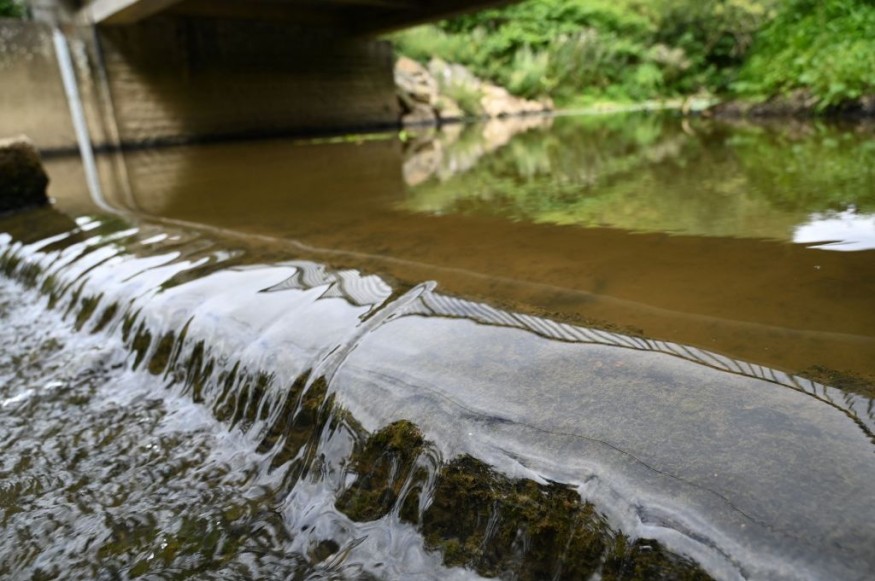Drought is the prolonged period of abnormal heat in a certain area or region, which can last indefinitely.
In the US, drought conditions have led to accelerated groundwater depletion in California's Central Valley for nearly two decades, according to a new study by researchers in the US.
Other studies suggest such megadrought is driven by anthropogenic climate change and global warming.
Central Valley Groundwater Depletion

The study was published in the journal Nature Communications on December 19, wherein researchers asserted groundwater depletion accelerates in the Central Valley during a megadrought.
The issue is crucial since groundwater provides almost half of irrigation water supply and it allows resilience during drought.
However, it remains poorly managed in some cases in other regions of the world, the study says.
Heavily agricultural locations like the Central Valley, where groundwater management is being gradually implemented over a 27-year period that started in 2015, groundwater brings two-thirds or more of irrigation water during drought, the new paper added.
In addition, this has led to drying wells, falling water tables, subsiding land, and its long-term disappearance, the study revealed.
The researchers arrived at their conclusion by conducting observations for nearly two decades using NASA's GRACE satellite missions, which showed that the rate of groundwater depletion in the California valley has been accelerating since the year 2003, which is believed by scientists to be the onset of the megadrought in southwestern North America.
The research team points out their results suggest the necessity for an expedited implementation of groundwater management in the valley to ensure its availability during the worsening droughts of the future.
Groundwater Levels at Risk
There is a full-scale crisis as groundwater across California and the Southwest US is disappearing much faster, according to Jay Famiglietti, a hydrology professor and executive director at the University of Saskatchewan - Global Institute for Water Security, as cited by Phys.org.
The assessment is based on the team's research findings of chronic declines in groundwater levels, which have affected the Central Valley decades.
It has worsened in recent years, especially during its rapid decline since 2019 where the latest figure shows the groundwater depletion rate has been 31% greater than the last two droughts.
The team also found that groundwater losses in the valley since 2003 have incurred a total amount of 36 million acre-feet or equivalent to about 1.3 times the full water-storing capacity of the now-depleting Lake Mead near Las Vegas, the country's largest reservoir, the online science platform cites.
US Drought Conditions
This year alone saw historic drought conditions accompanied by multiple heatwaves, particularly during the spring and summer seasons.
The National Integrated Drought Information System (NIDIS) issued a report of the national drought conditions of the country from December 14 to December 20, highlighting 41.22% of the US and 49.31% of the Lower 48 states were experiencing drought during the said week.
NIDIS adds 103.8 million people across the US and 103.7 million others in the Lower 48 states were affected by drought during the said period, while 325.3 million acres of crops in the US were experiencing drought conditions.
© 2025 NatureWorldNews.com All rights reserved. Do not reproduce without permission.





